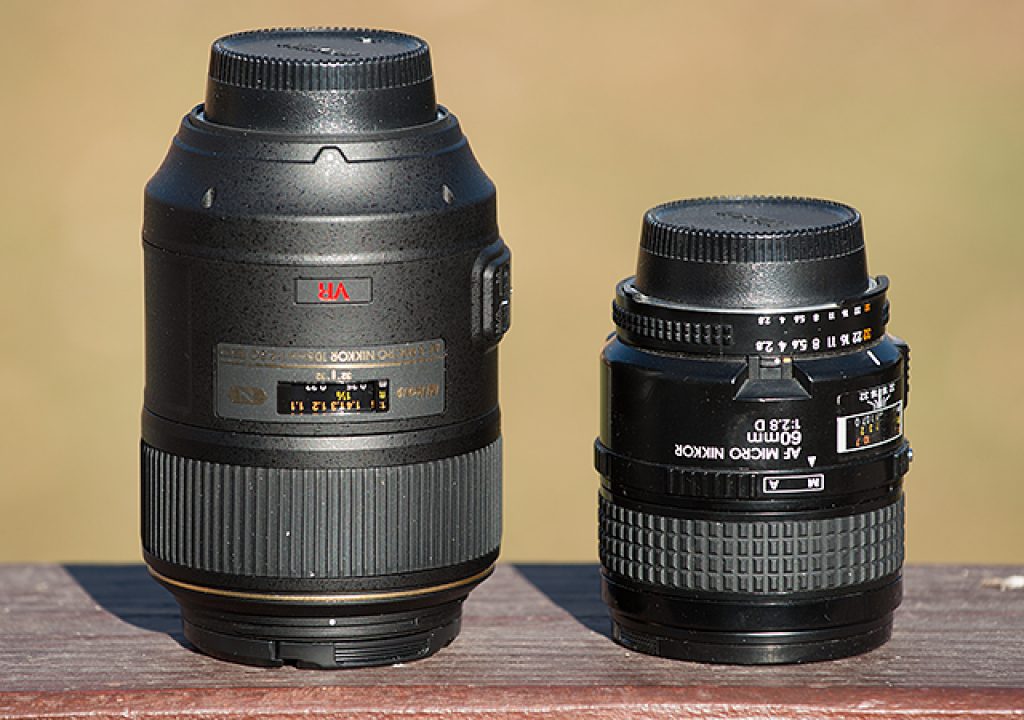I've been shooting a lot of macro lately, from flowers to butterflies to frogs. But I don't always use the same lens, because macro shooting requires different equipment depending on the situation. Here is the condensed guide to help you choose which macro lens is best for you.
There are basically three macro lenses you can choose from: the 60mm, 105mm and 200mm. Focal lengths might vary a little, but generallly you can find a lens similar to one of these for your camera system. The important variables to consider are weight ,working distance and VR (image stablization).

60mm: lightest/smallest of the bunch, 15 ounces, minimum focus distance of 7.28 inches, and has VR .
105mm: 1.74 pounds, minimum focus distance of 1 foot, and has VR
200mm; approaching small telephoto in size and weight; 2.61 pounds, 7.6 inches long, minimum focus distance of 1.6 feet; no VR (Nikon version).
How much you shoot macro, and what your subject is will help you in your choice. Working distance is important. This distance refers to how close you have to be to get 1:1 , life size reproduction of your subject. Working distance is the distance from the tip of your lens to your subject. While many lenses are labeled 'macro', only lenses that reproduce your subject life size on your sensor are true macro. Focus distance is measured from the sensor, so if the 60mm has a minimum focus distance of 7.28 inches, and the lens is 3.5 inches long, your working distance will be about 3 inches from the front of your lens. Add a lens hood, and this distance is even less. A 60mm macro is great for the sometime macro shooter working with static subjects that don't fly away. I like to bring mine on trips where I might photograph flowers or details on rocks. Next up is the 105mm lens, and my favorite macro lens offering a nice balance of features. The working distance is longer, around 7 inches, which allows me to photograph live subjects without them scampering away. Also, this lens has VR, which is very helpful when you can't use a tripod. In Costa Rica I photographed dart frogs as they jumped across the dark forest floor, and having VR made a big difference for available light shots. Last up is the 200mm, offering the best working distance of the bunch at around 12 inches from the front of the lens. This lens is great for live subjects, but is the heaviest and most expensive of the bunch.
Macro photography is a great compliment to other areas of photography. Once you start seeing macro, you will barely leave your car before you find subject matter. Choose the macro lens best suited for you, and start looking for tiny subjects!

Filmtools
Filmmakers go-to destination for pre-production, production & post production equipment!
Shop Now













